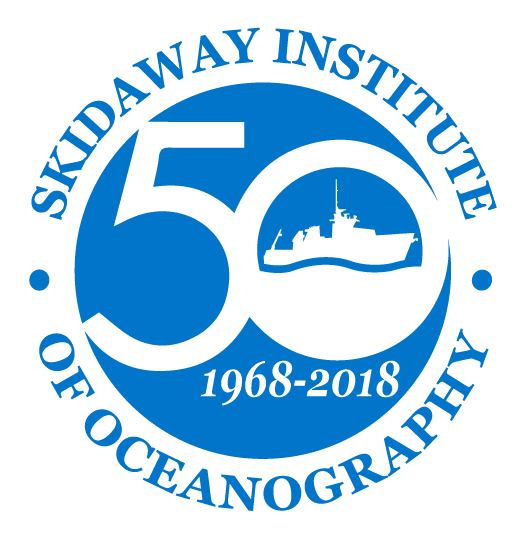Appendicularians are abundant zooplankton that make mucous houses, which allow them to filter food from the water. Creating and discarding these houses is an important mechanism for transporting carbon to the deep ocean. Video footage from the benchtop modular Deep-focus Plankton Imager allows us to see how this happens.
This video is a product of the UGA Skidaway Institute of Oceanography’s (SkIO) ZERO-C Lab, led by Adam Greer, a SkIO-based faculty member in the University of Georgia’s Department of Marine Sciences at Franklin College of Arts and Sciences.
For more information on this imaging technology, read the lab’s paper “Modular Shadowgraph Imaging for Zooplankton Ecological Studies in Diverse Field and Mesocosm Settings,” published in Limnology and Oceanography: Methods. View plankton imaging devices on Bellamare’s website.
Funding for this research comes from the National Science Foundation.
About SkIO
The UGA Skidaway Institute of Oceanography (SkIO) is a multidisciplinary research and education institution located on Skidaway Island near Savannah, Georgia. The Institute was founded in 1967 with a mission to conduct research in all fields of oceanography. In 2013, SkIO was merged with the University of Georgia. The campus serves as a gateway to coastal and marine environments for programs throughout the University System. The Institute’s primary goals are to further the understanding of marine and environmental processes, conduct leading-edge research on coastal and marine systems, and train tomorrow’s scientists. Support SkIO.


